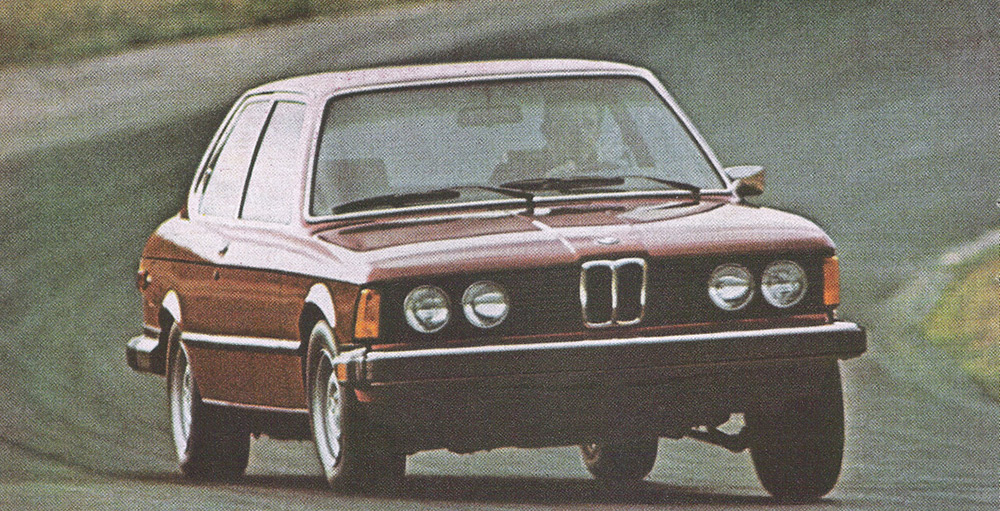The forgotten BMW’s 40th anniversary
The 3-series BMW is still the go-to benchmark for any compact rear wheel-drive sedan with an ounce of sporting pretention. The U.S.’s first brush with the 3-series, the 320i is 40 years old, but hardly anyone is marking the anniversary. The car that actually made BMW a serious volume player in North America is seemingly hated by the BMW faithful.
Technically, the 320i is more than 40 years old. The E21 platform was introduced in Europe in 1975, but didn’t find its way here until the 1977 model year. It was an instant hit in the U.S. when it replaced the 2002. An instant hit with everyone but BMW true-believers.
The 2002 was the Porsche 356 of the BMW world. No matter how outmoded the car was from its tacked-on impact bumpers to a useless ventilation system, a sizable number of marque junkies then believed that BMW could and should continue building the car in perpetuity.
The Kool-Aid drinkers hated the fact that the new car had up-to-the-minute (and quite handsome) styling courtesy of Paul Bracq, and that it actually sported such niceties as actual face-level ventilation and electronic fuel injection. But most of all, they hated the car’s buyers—yuppies, those urban, quiche-eating, Perrier drinkers who didn’t care a lick about BMW’s heritage or the car’s fine road manners. The ultimate driving machine had become the ultimate fashion accessory.
The 320i wasn’t the secret of the slide rule set anymore and they were pissed. BMW had snagged its distribution rights back from the mercurial Max Hoffman and proceeded to market the 320i heavily. The 2002 may have been a cult classic, but corporate fortunes aren’t built on cult products (ask Saab). The 320i seemed to be everywhere in the ‘80s. Every rich kid was driving one and the E21 also appeared on The Rockford Files.
True, BMW didn’t help itself by skipping a six-cylinder version of the E21 in the U.S. They fully bought into the American invention of the Malaise Era by selling a car that was slower than the one it replaced. Even the 320iS was largely a cosmetic package with sport seats, fog lights, basket weave BBS wheels, and an air dam.
More people in the U.S. would probably appreciate the E21 if they saw a European 323i, with small bumpers and dual tail pipes emitting the patent-worthy BMW straight-six yowl. But outside of Bring a Trailer, most people haven’t seen a six-cylinder E21 and in spite of its importance to the company, the E21/320i truly has become the forgotten BMW for Americans.
The E21’s predecessor, the 2002 is still universally adored. Any time one pops up at a collector car auction, wealthy bidders go crazy, often paying two or three times more than appropriate. This for a car that in many cases, was the first decent car they ever owned or wanted to own. Tons of collectors who generally play with seven-figure cars have at least one Inka Orange 2002tii in the garage or warehouse. To these people, however, the 320i holds no appeal.
Ditto millennials and late gen-Xers who are snapping up the E21’s successor, the E30, a far blander-looking car that abandoned the forward-pointing front that had been a BMW hallmark, also put to good use in the E9 and E24 coupes and the beloved E28 sedans. The attraction has to be the status-enhancing availability of real performance variants like the M3 and 325Is, which the U.S. E21 sadly lacked.
So, 40 years later, the 320i is the Porsche 924 of the BMW world. A basically good, but slightly misunderstood car that in stock form, offers modest performance but pleasant handling. Really nice examples can still be had for well under $10,000. In today’s frothy collector car market, it remains one of the few interesting and affordable cars out there.


